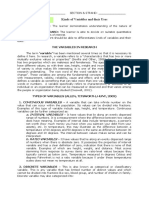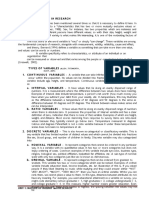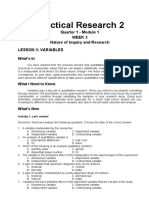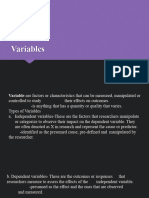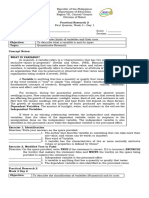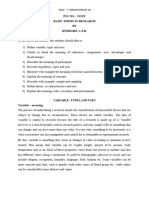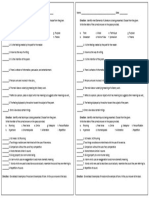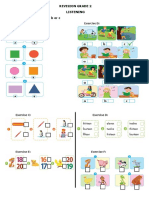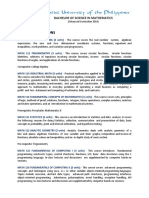0% found this document useful (0 votes)
28 views20 pagesVariables
The document discusses different types of variables that can be used in quantitative research. It defines nominal, ordinal, interval, ratio, discrete, and continuous variables. It also differentiates between independent, dependent, extraneous, and confounding variables based on their purpose in research studies.
Uploaded by
Larry ErbiteCopyright
© © All Rights Reserved
We take content rights seriously. If you suspect this is your content, claim it here.
Available Formats
Download as PPTX, PDF, TXT or read online on Scribd
0% found this document useful (0 votes)
28 views20 pagesVariables
The document discusses different types of variables that can be used in quantitative research. It defines nominal, ordinal, interval, ratio, discrete, and continuous variables. It also differentiates between independent, dependent, extraneous, and confounding variables based on their purpose in research studies.
Uploaded by
Larry ErbiteCopyright
© © All Rights Reserved
We take content rights seriously. If you suspect this is your content, claim it here.
Available Formats
Download as PPTX, PDF, TXT or read online on Scribd
/ 20











